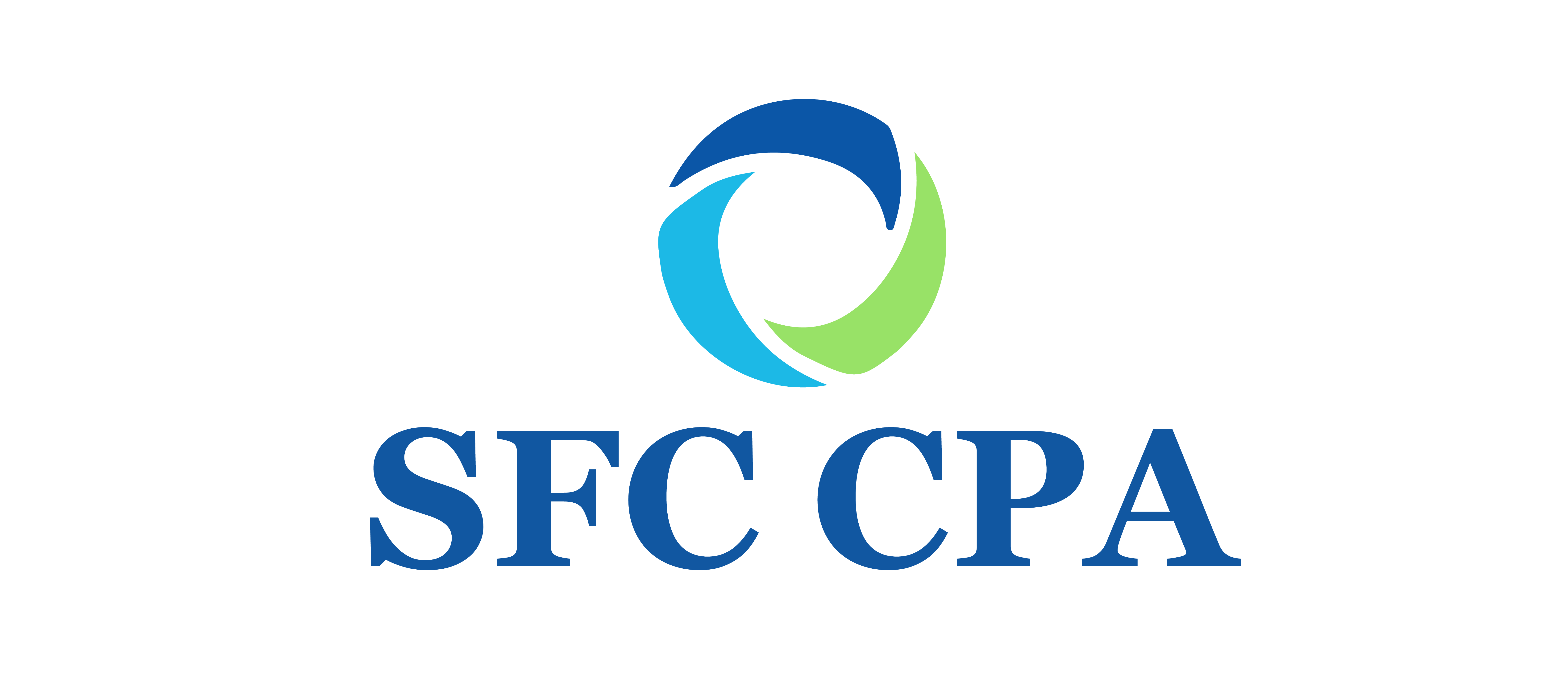 Analyzing a company’s Accounts Receivables is an effective way to measure its current cash flows and the likelihood of maintaining healthy cash flows. According to the U.S. Chamber of Commerce’s Small Business Index (Third Quarter 2024), 68 percent of small business owners reported being content with their third quarter cash flow performance. This illustrates the importance for small business owners to do everything possible to maintain healthy cash flows, including evaluating the quality of accounts receivables (A/R).
Analyzing a company’s Accounts Receivables is an effective way to measure its current cash flows and the likelihood of maintaining healthy cash flows. According to the U.S. Chamber of Commerce’s Small Business Index (Third Quarter 2024), 68 percent of small business owners reported being content with their third quarter cash flow performance. This illustrates the importance for small business owners to do everything possible to maintain healthy cash flows, including evaluating the quality of accounts receivables (A/R).
Defining Accounts Receivables
This account or line item on the balance sheet gives the business’ managers/owners and investors a measure on how much money a business expects to receive from selling goods or services. It’s an important metric because it’s a measure of what’s owed, but not yet collected from rendered services/goods.
Consideration for Uncollectable Accounts Receivables
While businesses hope to collect 100 percent of their A/Rs, businesses take a realistic view that not everyone will pay up. For whatever reason, A/Rs aren’t always collected and must be accounted for as uncollectable. Therefore, a contra account is setup to account for accounts receivables that turn into bad debt. This contra account is linked to the accounts receivable, an asset reported on the balance sheet, offsetting the accounts receivable balance. However, there are many metrics for companies to manage their health internally, and some of these metrics are discussed below.
Accounts Receivable-to-Sales Ratio
This is determined by taking a “snapshot” of the ratio or division of the accounts receivables divided by sales over a period of time. The resulting calculation is the percentage of a business’ unpaid sales. The higher the accounts receivable-to-sales ratio, the riskier the company’s financial health. It indicates a business has accounts receivables with a low likelihood of being collected. It’s calculated as follows:
AR to Sales = AR / Sales
Since it measures the mix of how much a business relies on cash versus credit, it can prompt an analyst to determine whether a company is able to operate on minimal cash with low fixed costs and limited outstanding debt. It can also prompt an analyst to determine if a company is subject to cyclical sales and is dependent on the business cycle and whether it’s the right time to invest in a company or hold off until a better entry point is established.
Accounts Receivable Turnover Ratio
This calculation determines how fast a business can convert its accounts receivables into cash. It calculates this over a discrete period, be it a month, quarter, year, etc. It’s calculated as the sales over a period divided by the average accounts receivables balance over the same period. It’s calculated as follows:
ARTR = Net Credit Sales / Average Accounts Receivable
Net Credit Sales = Sales on Credit – Sales Returns – Sales Allowances
Average Accounts Receivable = (Starting + Ending A/R Over a Fixed Time) / 2
The higher the ratio, the less friction businesses have in converting their accounts receivables into cash. One important consideration to keep in mind is that if total sales are used for this calculation, which some business do, the results don’t reflect the original formula because it doesn’t remove the sales on credit or sales allowances.
Days Sales Outstanding (DSO)
This metric reveals how fast (in average number of days) a company is able to turn its receivables into cash. It’s the average accounts receivables divided by net credit sales multiplied by 365. It’s calculated as follows:
DSO = (A/R / net credit sales) x 365 days
The lower the DSO, the better quality and the more efficient a company is in converting its accounts receivables into cash. The higher the DSO, and especially when it goes beyond 90 days, can represent two different financial measures. The first is that the business’ accounts receivables might not be collectable. The second is that the company might be able to make sales but with deteriorating earnings.
While there are many ways to analyze a company’s health, along with many ways to analyze the quality of existing and future accounts receivables, these are a few ways to evaluate a company’s present financial health and prospects for the future.
Sources
https://www.uschamber.com/sbindex/key-findings

